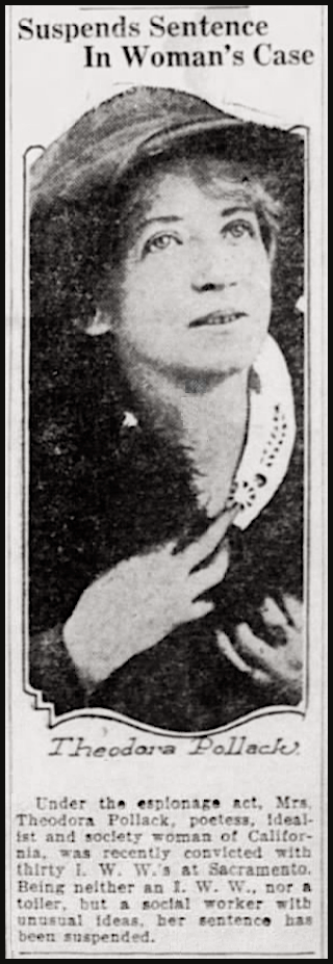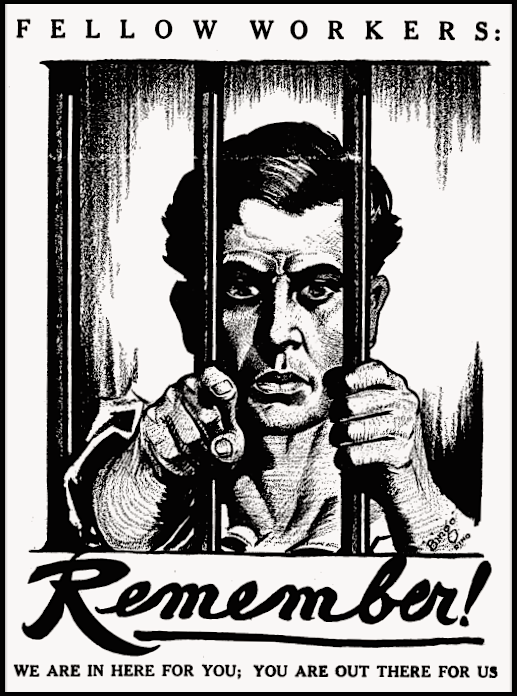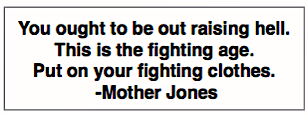 ———-
———-
Hellraisers Journal – Sunday May 9, 1920
-Mother Jones News for March 1920, Part III
Jim Seymour Describes Labor Defense Meeting in San Francisco
From The Butte Daily Bulletin of March 29, 1920:
—–
Bulletin’s “Minister Without Portfolio”
Attends Interesting Gathering of
“Vicious Syndicalists.”
—–BY JIM SEYMOUR.
(Special to the Bulletin.)
Frisco (known bourgeoiseally as San Francisco), March 20 (By Mail).-Last night [Friday, March 19th] California hall was filled to “S. R. O.” by specimens of the various breeds of workers and a very few others. William Cleary, attorney for a number of vicious criminal syndicalists, and some woman called “Mother Jones,” were billed to speak under the auspices of the Labor Defense league. Cleary jimmed the meeting by exercising his prerogative as a member of the bar and coming late. The trial was kept waiting for him until several of the chairs got too hot for the comfort of the sitters, whereupon Robert Whitaker, ex-sky pilot [preacher] and chairman of the meeting, who seems too good-natured to be named anything more dignified than Bob, delivered a serm-an opening address in which he mentioned the names of Anita Whitney, Kate O’Hare and one Eugene Debs. The applause percentages follow: Whitney, 96; Debs, 72; O’Hare, 49. Collection for defense of criminal syndicalists, for which the Lord be praised, $148.03.
The Rev. Bob then addressed us a few remarks that convinced us that the white-haired old woman on the stage was really Mother Jones and that nobody was trying to palm off a ringer on us. I don’t know just what it was, but Whitaker said something that Mother Jones didn’t quite agree with; and I don’t know just what Mother Jones’ reply was, but she gave him a good-natured bawling out that seemed to amuse the audience but failed to disturb the equanimity of the man who had just collected $148 for the cause. And so long as it didn’t harm him, or us, or the boys in jail, we will remark that it served him jolly well right-he should have known better than to pull that absurd burgeoise stunt of introducing a speaker that is better known than Jesus Christ. [Note: Mother Jones as a devote Catholic would certainly dispute that description of her fame.]

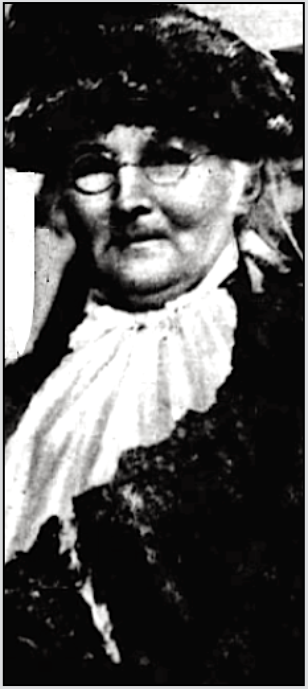
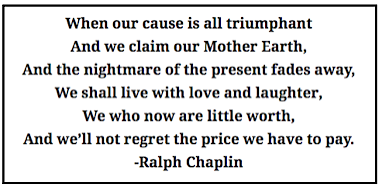 ———-
———-

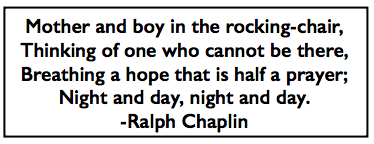 ———-
———-
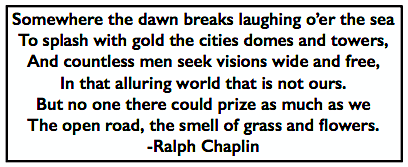 ———-
———-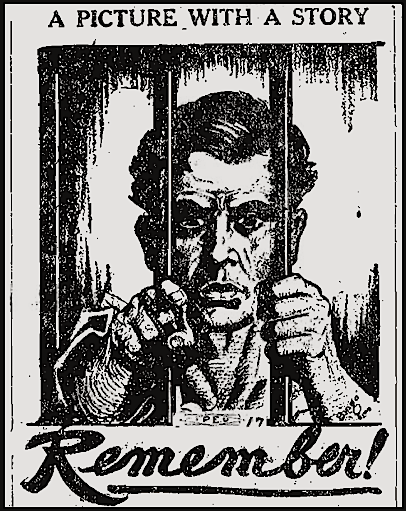
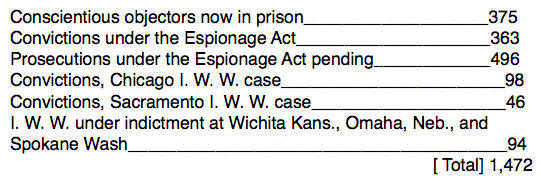
 ———-
———-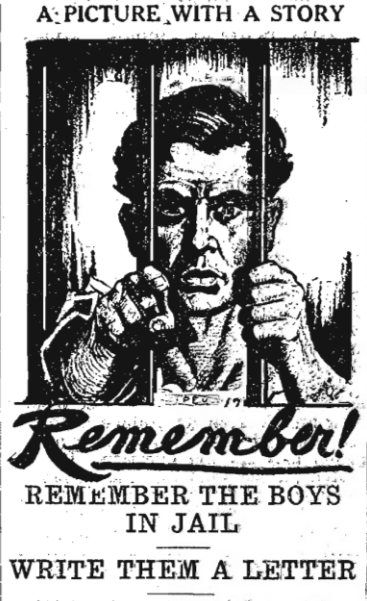
 ———-
———-